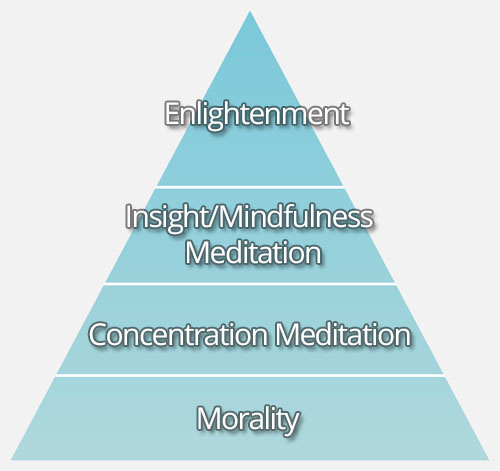
create a genuine meditation routine can be challenging, yet we all require moments of tranquility.
I’ve struggled to articulate my experience with mindfulness. I began as an anxiety-prone individual fueled by relentless hustle and the glorification of exhaustion. Although it might not have always been apparent in my demeanor—having been taught from an early age to maintain a professional mask of false tranquility—I felt like a mess internally.
I embarked on my yoga journey in 2018 and began exploring meditation in 2019. For me, both practices are intrinsically linked to the broader concept of mindfulness, although I aim to carry that awareness throughout all areas of my life. I identify as a recovering workaholic; there are numerous mental barriers that hinder our ability to enter a meditative state when we’re fixated on our productivity and how much we can achieve in a day.
I’ve gained enough insight to recognize how early I am in this journey.
My fiancé and I have met a plethora of exceptionally talented artists, musicians, and technical creatives in NYC, leading us to notice a pattern. Individuals serious about their craft—regardless of what it entails—tend to not exaggerate their skill level. Many who have honed a craft still refer to themselves as novices.
I don’t wish to come off as presumptuous by claiming I’ve reached that level of mindfulness—doing so would undermine many aspects of what this practice signifies for me. However, I have progressed sufficiently to comprehend more of the genuine depth of how much further I need to travel. I am, at my core, a beginner. Despite still having an extensive journey ahead, it no longer feels like an overwhelming pursuit. I’ve managed to take incremental steps forward on this path, and I’m assured that if I continue to show up and meditate nearly every day, I will keep refining this skill. More crucially, I can enjoy the benefits of serenity in each session along the way.
Meditation is becoming more accessible and truly comforting.
Initially, whenever I tried to meditate, I often fell into a trap. My frustration with my inability to quiet my racing thoughts led me to emerge from each experience feeling ashamed of not being “good at meditation,” guilty for wasting time, and overall discontented. I even engaged in quite odd behaviors, such as using meditation time to brainstorm my writing projects—which, in its own way, was somewhat soothing.
My meditation journey began to significantly improve once I started taking my mental health more seriously. Although I wish I had started much earlier, I began working with a therapist in 2021, and I haven’t looked back since. Navigating the paperwork and costs associated with healthcare is always challenging, but directly tackling the root cause of my chaotic thoughts—anxiety—has greatly enhanced my ability to slow down, achieve calmness, and meditate.
You must find the practices that you genuinely enjoy.
I’m a fan of guided meditations, even presently. Whether it’s in a workshop with a meditation instructor or simply a recording I discover online, guided sessions tend to be far more effective for me than complete silence or just an auditory element. If you’ve attempted traditional meditation but find that your thoughts won’t settle, guided meditations with components like visualizations can significantly transport you to a new and different mental space.
This is where some trial and error comes into play. Even within guided meditations, there exist numerous variations of breathing exercises, visualizations, gentle movements, or somatic actions like tapping on your body or rubbing your limbs, among countless other mindful practices. Experiment with everything. Even if it feels silly initially, find a private space where no one can see you rhythmically tapping your shoulders. Give it a try. You might discover that something unexpected makes a substantial difference in your practice.
For me, meditations that incorporate visualization resonate deeply. I had the privilege of being part of a profoundly spiritual yoga studio that blended practical mindfulness with the “woo-woo” aspects of yoga, as we often refer to it in the west. However, because they approached it very practically—focusing on how practices like meditation soothe the nervous system—I was able to engage with an open mind. They would conduct guided meditations centered around self-love and other relevant topics that felt grounded enough for a skeptic like me to embrace.
It’s perfectly fine to bend the rules slightly if it yields emotional benefits.
When you remain connected and centered in the present, I believe there’s a bit of flexibility in how we engage with these practices. Sometimes when my energy is low, I prefer to lie down to